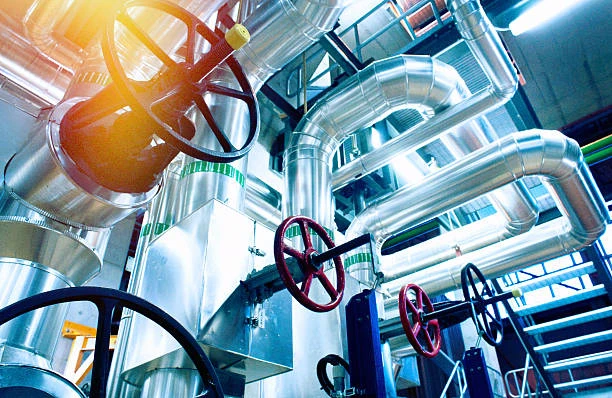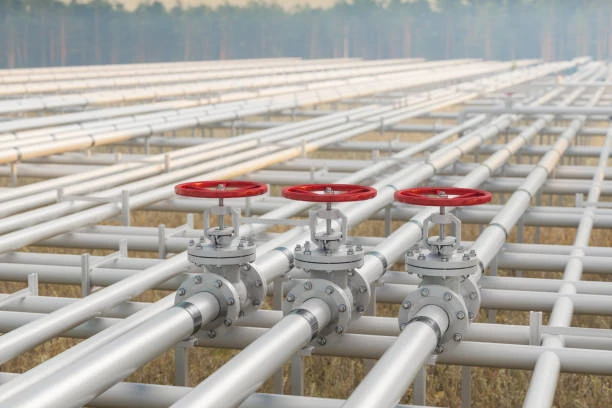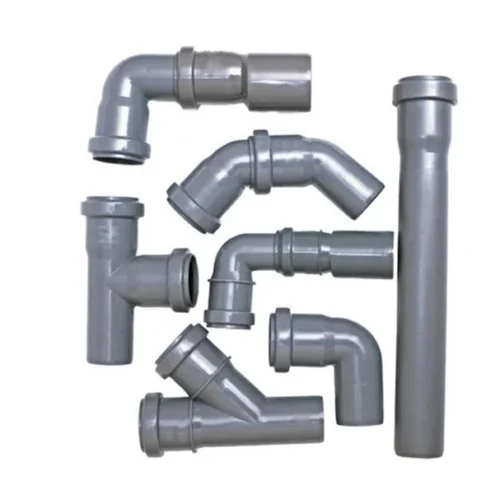Introduction
Boeing’s Starliner spacecraft, part of NASA’s Commercial Crew Program, has faced another setback as a valve issue has delayed its upcoming crewed flight. Originally scheduled for launch earlier in the week, the flight is now postponed until Friday as engineers investigate the nature of the valve problem. This article explores the implications of this delay, the specifics of the valve issue, and its impact on the Starliner program and NASA’s broader goals in space exploration.
Overview of the Starliner Program
The CST-100 Starliner is designed to transport astronauts to and from the International Space Station (ISS). This program is a cornerstone of NASA’s strategy to foster commercial partnerships in space exploration, aiming to reduce costs and increase access to low Earth orbit.
Key Features of Starliner
- Crew Capacity: Capable of carrying up to seven astronauts, Starliner is equipped with advanced life support systems for various mission lengths.
- Reusable Design: The spacecraft can be reused for multiple flights, which enhances cost-effectiveness and operational efficiency.
- Autonomous Operations: The Starliner features sophisticated automation for docking and undocking, which reduces the burden on astronauts during critical mission phases.

The Significance of the Valve in the Starliner
The valve issue that has caused the delay is a critical component in the spacecraft’s propulsion system. Valves play a fundamental role in controlling the flow of propellant and ensuring the proper functioning of the rocket’s engines.
Functions of the Valve
- Flow Regulation:
The valve regulates the flow of propellants to the engines, which is essential for maintaining optimal performance during launch and orbital maneuvers. - Pressure Maintenance: It helps maintain necessary pressure levels in the propulsion system, which is crucial for effective engine operation.
- Safety Functionality:
The valve contributes to the overall safety of the spacecraft by preventing potential overpressure situations. Which could lead to catastrophic failures.
Discovery of the Valve Issue
The valve issue was detected during routine pre-launch checks. Engineers observed irregularities that warranted further investigation. Which leading to the decision to delay the launch to ensure the integrity and safety of the spacecraft.
Investigation Process
- Initial Assessment:
Engineers began by conducting an initial assessment of the valve to identify any signs of wear, malfunction, or design flaws. - Testing Procedures: Various tests were implemented to evaluate the valve’s performance under simulated operational conditions.
- Collaboration with Experts:
Boeing has engaged a team of experts to assist in diagnosing the issue and determining the best course of action for resolution.
Implications of the Delay
The delay of the Starliner crewed flight due to the valve issue has several significant implications for Boeing. NASA, and the commercial space industry.
Impact on Mission Schedule
- Rescheduling Launch Dates:
The delay means the launch date has been pushed to Friday. Which disrupting planned mission timelines and requiring adjustments in scheduling. - Crew Readiness:
Astronauts involved in the mission must remain in a state of readiness while the technical issues are resolved. Which can affect their preparation and training schedules.
Financial Considerations
- Increased Costs: Delays can lead to increased operational costs, both for Boeing and NASA, affecting budget allocations for future projects.
- Reputation Risk: Persistent technical issues may undermine Boeing’s reputation as a reliable contractor for NASA, potentially influencing future contracts and partnerships.
Broader Context: Safety and Reliability in Space Missions
The Starliner valve issue underscores the critical importance of safety and reliability in space missions. NASA’s commitment to ensuring the safety of its astronauts and the integrity of its spacecraft has never been more essential.
Historical Lessons
- Previous Missions:
The history of space exploration is filled with instances where technical issues led to mission failures or tragedies. The Challenger and Columbia disasters highlight the need for rigorous safety protocols and thorough investigations of anomalies. - Modern Practices:
Today’s space missions benefit from advanced engineering practices and a strong focus on safety. Which prioritize thorough testing and problem resolution before launch.
The Path Forward for Starliner
Despite the current setback, the Starliner program remains a critical component of NASA’s vision for the future of human spaceflight. Engineers and NASA officials are working diligently to address the valve issue.
Steps to Resolution
- Repair or Replacement:
Depending on the findings from the investigation, engineers may either repair the existing valve or replace it to ensure optimal performance. - Enhanced Testing Protocols:
The valve issue may lead to the implementation of more stringent testing protocols for all critical components. Which aiming to catch potential problems earlier in the pre-launch process. - Continued Collaboration:
Boeing and NASA’s collaboration is essential to navigate the challenges presented by the valve issue and to maintain momentum in the Starliner program.
Conclusion
The delay of the Starliner crewed flight due to a valve issue serves as a reminder of the complexities involved in space exploration. While setbacks can be frustrating, they are often necessary to ensure the safety and reliability of missions. As engineers work to resolve the valve problem, the commitment to safety and thorough investigation remains paramount in the pursuit of successful space travel.
FAQs
- What is the purpose of the Starliner spacecraft?
- The Starliner is designed to transport astronauts to and from the International Space Station (ISS) as part of NASA’s Commercial Crew Program.
- What was the specific issue with the valve?
- The valve issue involved irregularities detected during pre-launch checks, which required further investigation to ensure safe operation.
- How does a valve function in a rocket’s propulsion system?
- The valve regulates the flow of propellants to the engines and maintains necessary pressure levels, critical for optimal engine performance.
- What are the implications of delaying the crewed flight?
- The delay affects the mission schedule, increases operational costs, and may impact crew readiness and preparation.
- What steps are being taken to resolve the valve issue?
- Engineers are assessing the valve, conducting tests, and may either repair or replace it. While implementing enhanced testing protocols for future components.


















